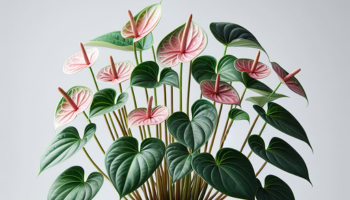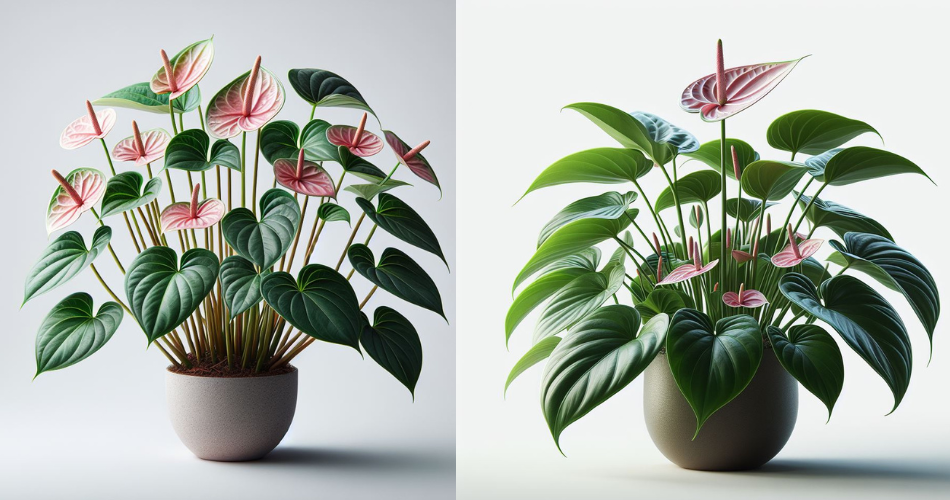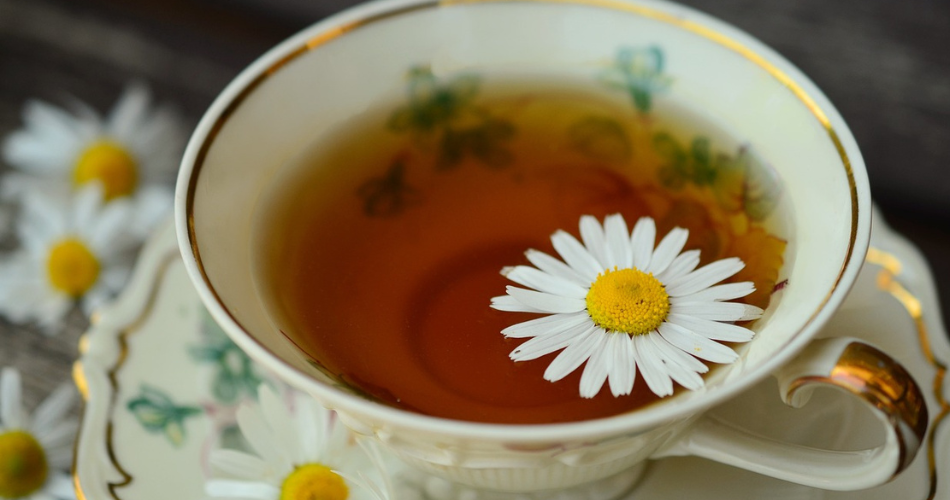
Welcome to our comprehensive guide on cultivating and caring for Crassula ovata, commonly known as the Jade Bonsai Plant. In this article, we will delve into the captivating world of Jade Bonsai, exploring its origins, characteristics, and various varieties. Whether you are a seasoned bonsai enthusiast or a beginner looking to embark on a new horticultural journey, this guide will provide you with valuable insights and practical tips to cultivate and care for your own beautiful Jade Bonsai Plant. From selecting a healthy plant to mastering essential techniques like watering, pruning, and fertilizing, get ready to unlock the secrets of nurturing this unique and cherished bonsai tree. Let’s dive in!
1. The Fascinating World of Jade Bonsai Plants
1.1 What is a Jade Bonsai Plant?
So you’re probably wondering, what exactly is a jade bonsai plant? Well, imagine a miniature tree with glossy, fleshy leaves that resemble little green coins. That’s right, a jade bonsai plant is a small version of the Crassula ovata, a resilient and beautiful succulent native to South Africa.
1.2 Why Jade Bonsai Plants are Popular
Jade bonsai plants have gained popularity among plant enthusiasts, and it’s not hard to see why. These little beauties are not only aesthetically pleasing, but they also bring a touch of tranquility and nature into any space. Plus, their compact size makes them perfect for people with limited space or who want to add a touch of greenery to their desks or windowsills.
1.3 Benefits of Cultivating Jade Bonsai Plants
Besides being delightful to look at, cultivating a jade bonsai plant can bring a host of benefits. For one, taking care of these little trees can be a therapeutic and rewarding hobby. It’s a chance to slow down, connect with nature, and nurture something beautiful. Additionally, jade bonsai plants are known to improve indoor air quality by purifying the air around them. So not only do they look good, but they also help you breathe easier.
2. Understanding Crassula ovata: Origins, Characteristics, and Varieties
2.1 A Brief History of Crassula ovata
Let’s take a little trip back in time to learn about the fascinating history of Crassula ovata. Native to South Africa, it’s believed that this plant was brought to China over a thousand years ago, where it was cultivated and transformed into the beloved jade bonsai plants we know today. It’s a living testament to the creativity and passion of horticulturists throughout history.
2.2 Exploring the Unique Characteristics of Crassula ovata
Now, let’s dive into what makes Crassula ovata special. One of its most distinctive features is its succulent leaves, which store water to withstand dry periods. These leaves are a glossy green, giving the plant a vibrant and fresh appearance. Another notable characteristic is its ability to develop a thick, gnarly trunk over time, adding a touch of character and wisdom to its overall aesthetic.
2.3 Popular Varieties of Crassula ovata
Just like people, Crassula ovata comes in various shapes and sizes. Some popular varieties include the “Hummel’s Sunset” with its striking red-tipped leaves, the “Gollum” with its tubular and elongated leaves, and the classic “Jade Plant” with its compact and bushy form. Each variety brings its own unique charm to the world of jade bonsai plants.
3. Getting Started: Selecting and Acquiring a Healthy Jade Bonsai Plant
3.1 Factors to Consider When Choosing a Jade Bonsai Plant
Ready to start your own jade bonsai journey? Great! But before you rush to get one, it’s important to consider a few factors. First, think about your level of experience with bonsai and choose a plant that matches your skill level. Additionally, take into account the amount of light and space available in your home, as different varieties of jade bonsai plants have different light and space requirements.
3.2 Where to Find and Purchase Jade Bonsai Plants
Now that you know what to look for in a jade bonsai plant, you may be wondering where to find one. Luckily, there are various options available. Local nurseries, garden centers, and even online marketplaces can be great sources for finding healthy jade bonsai plants. Just make sure to do your research, read reviews, and purchase from reputable sellers.
3.3 Assessing the Health and Quality of a Jade Bonsai Plant
When you lay your eyes on a potential jade bonsai plant, it’s important to check its health and quality before bringing it home. Look for signs of pest infestation, such as webbing or discolored leaves. Additionally, inspect the roots to ensure they are evenly distributed and not overcrowded. Remember, a healthy plant is the foundation for a successful bonsai journey.
4. Essential Tools and Materials for Cultivating Jade Bonsai
4.1 Must-Have Tools for Jade Bonsai Cultivation
Now that you have your jade bonsai plant, it’s time to gather the essential tools for cultivation. You’ll need a pair of sharp pruning shears to trim and shape the plant, as well as a bonsai wire to gently guide its branches. A root rake and scissors will also come in handy when it’s time to repot your jade bonsai. And don’t forget a water can or spray bottle to keep your plant hydrated.
4.2 Suitable Containers and Potting Soil for Jade Bonsai
Choosing the right container and potting soil is crucial for the health and growth of your jade bonsai plant. Opt for a shallow ceramic or plastic container with drainage holes to allow excess water to escape. As for the soil, a well-draining mix specifically designed for succulents will help your jade bonsai thrive. Remember, a happy plant starts with a happy home.
4.3 Additional Materials for Proper Growth and Development
To ensure your jade bonsai plant has everything it needs to flourish, consider using organic fertilizer to provide it with the necessary nutrients. Additionally, having a humidity tray or a small pebble tray can help maintain a humid environment around your plant, replicating its natural habitat. And of course, don’t forget to give your jade bonsai lots of love and attention – water it when the soil is dry, keep it in the right amount of light, and watch it grow into a beautiful miniature tree before your eyes.
Now that you’re armed with knowledge about jade bonsai plants and how to care for them, go forth and start your own miniature arboreal adventure. May your jade bonsai be a source of joy, serenity, and green goodness in your life. Happy cultivating!Bonsai Plants
5. Cultivation Techniques: Step-by-Step Guide for Proper Planting and Potting
5.1 Preparing the Jade Bonsai Plant for Planting
Before diving into the exciting world of jade bonsai plants, it’s important to prepare your plant for planting. Start by selecting a healthy and vibrant jade plant and ensure that it is free from any pests or diseases. You can give it a gentle rinse to remove any dirt or dust from the foliage. Additionally, prune away any dead or damaged branches to promote healthy growth.
5.2 Potting and Repotting Jade Bonsai Plants
When it comes to potting your jade bonsai, choose a shallow container with adequate drainage holes to prevent waterlogged roots. Fill the pot with well-draining bonsai soil, which is a mixture of coarse sand, peat moss, and perlite. Carefully place the plant in the pot and gently pat down the soil around the roots. Remember not to bury the trunk too deep, as it can lead to rot.
Repotting is necessary every two to three years to refresh the soil and promote healthy root growth. To repot your jade bonsai, gently remove it from its current pot, trim the roots slightly, and replant it in fresh bonsai soil. This process helps prevent root binding and provides the plant with fresh nutrients.
5.3 Sunlight, Temperature, and Humidity Requirements for Optimal Growth
Jade bonsai plants are sun-loving creatures that thrive in bright light. Place your bonsai in a location where it can receive at least six hours of direct sunlight each day. If you notice the leaves turning yellow or pale, it’s a sign that your plant may be receiving too much direct sunlight, so you may need to provide some shade during the hottest part of the day.
In terms of temperature, jade bonsai plants prefer a moderate to warm climate. They can withstand temperatures as low as 50°F (10°C) but thrive in temperatures between 65°F (18°C) and 75°F (24°C). It’s important to protect your bonsai from frost or extreme temperature fluctuations.
As for humidity, jades are known for their ability to tolerate dry conditions. However, they will benefit from occasional misting or placing a tray of water near the plant to increase humidity levels.
6. Caring for Your Jade Bonsai: Watering, Pruning, and Fertilizing Tips
6.1 Watering Techniques for Jade Bonsai Plants
When it comes to watering your jade bonsai, it’s essential to strike a balance. Overwatering can lead to root rot, while underwatering can cause the plant to wither. The key is to allow the soil to partially dry out between waterings. Stick your finger into the soil up to the first knuckle, and if it feels dry at that depth, it’s time to water. Avoid leaving your bonsai sitting in a saucer filled with water, as it can lead to root suffocation.
6.2 Pruning and Trimming to Maintain Shape and Health
Pruning is an essential part of maintaining the shape and health of your jade bonsai. Remove any dead, damaged, or overgrown branches to encourage new growth and maintain an aesthetically pleasing shape. Jade bonsai plants are forgiving, so don’t be afraid to prune, but make sure to use clean and sharp tools to prevent any infections.
6.3 Fertilizing Schedule and Nutritional Needs of Jade Bonsai Plants
To keep your jade bonsai thriving, it’s important to provide it with the necessary nutrients. Use a balanced liquid fertilizer specifically formulated for bonsai plants during the growing season, typically from spring to early autumn. Follow the manufacturer’s instructions for the appropriate dilution and frequency of application. During the winter months, reduce or eliminate fertilization as the plant enters a dormant phase.
Remember, caring for a jade bonsai plant is a journey that requires observation, patience, and a touch of love. Follow these tips, and enjoy the rewarding experience of cultivating and caring for your very own miniature tree.
With this comprehensive guide, you now have the knowledge and tools to successfully cultivate and care for your very own Jade Bonsai Plant. Remember, patience and dedication are key as you embark on this rewarding journey of bonsai cultivation. By understanding the origins, characteristics, and varieties of Crassula ovata, and by following the step-by-step techniques for planting, potting, and caring, you can create a stunning and thriving Jade Bonsai. Enjoy the process, embrace the artistry, and witness the beauty of your Jade Bonsai as it grows and flourishes under your expert care. Happy bonsai gardening!
FAQ
1. How often should I water my Jade Bonsai Plant?
Watering frequency for Jade Bonsai Plants can vary depending on factors such as the size of the pot, climate, and time of year. As a general guideline, it is recommended to water your Jade Bonsai thoroughly when the topsoil feels slightly dry, ensuring that excess water drains properly. Avoid overwatering or allowing the soil to become completely dry between waterings.
2. Can I grow Jade Bonsai indoors?
Yes, Jade Bonsai Plants can be grown indoors successfully, provided they receive sufficient light. Place your Jade Bonsai near a window where it can receive bright, indirect sunlight for several hours each day. Additionally, ensure proper air circulation and avoid placing the bonsai near drafty areas or heating vents.
3. How often should I prune my Jade Bonsai?
Pruning is an essential part of maintaining the shape and health of your Jade Bonsai Plant. Regular pruning should be done during the growing season, typically in spring or early summer. Trim back any overgrown branches or foliage to maintain the desired form and encourage new growth. Remember to use clean, sterile pruning tools to prevent the spread of diseases.
4. Do Jade Bonsai Plants require special fertilizer?
Jade Bonsai Plants benefit from regular fertilization, especially during the growing season. It is recommended to use a balanced, organic bonsai fertilizer or a slow-release fertilizer specifically formulated for bonsai trees. Follow the package instructions for application rates and frequency, and adjust the dosage based on the age and health of your Jade Bonsai.





